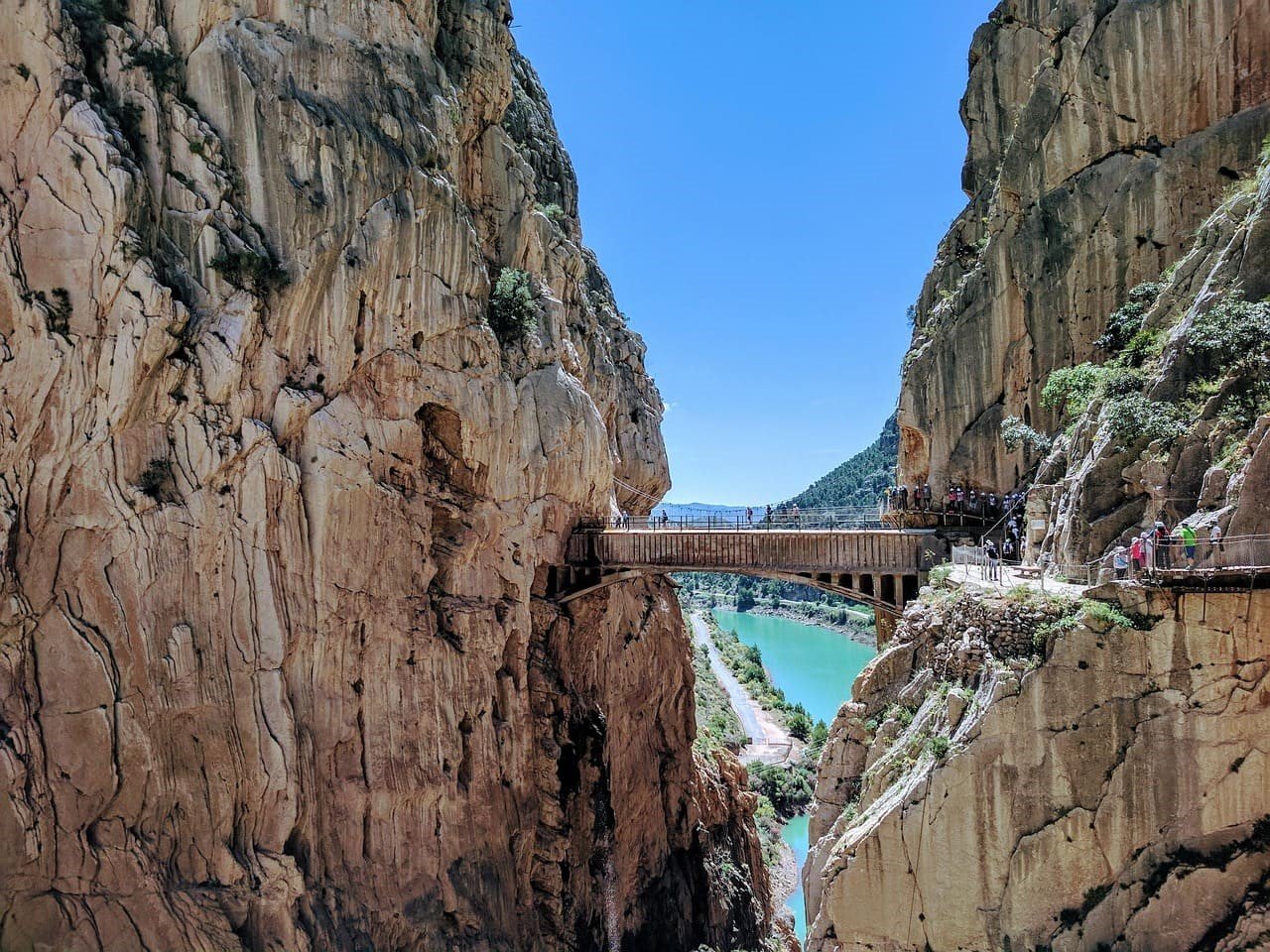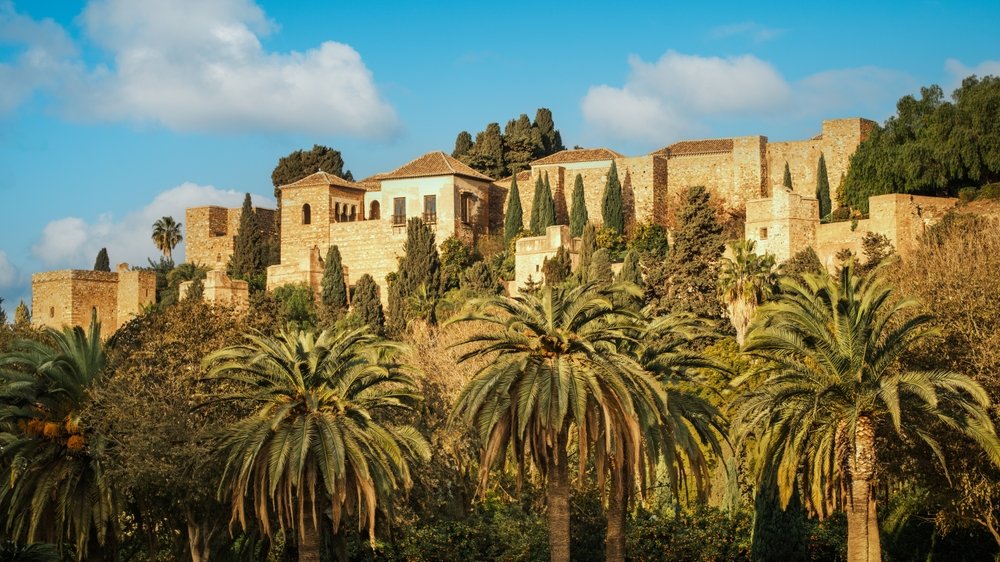For years, it was known as one of the most dangerous trails in the world due to its deterioration, lack of maintenance, and several accidents that occurred before its rehabilitation. However, today, after a complete renovation, this image has changed radically.
In this article, we explain whether the Caminito del Rey is truly dangerous today, what safety measures are in place, what the real risks are, and what precautions you should take to enjoy it safely and without incident.
For decades, the Caminito del Rey was an extremely dangerous trail, not because of its original design, but because of the neglect and deterioration it suffered after it ceased to be used for industrial purposes. Built at the beginning of the 20th century to facilitate access between two hydroelectric waterfalls, the route featured reinforced concrete walkways anchored directly into the rock, many of which collapsed over time.
By the late 1990s, the situation was critical: entire stretches without railings, rusty metal sheets, holes in the ground, and no access control. Despite this, the area became popular with hikers and extreme climbers, leading to several fatal accidents. Between 1999 and 2000 alone, at least four people died. This history led to the international reputation of the Caminito as “the most dangerous trail in the world,” a label widely circulated in the media and online, fueling both curiosity and fear about visiting this natural enclave.
Given the growing media attention and the tourism potential of the site, authorities decided to intervene. Restoration work began in 2014 and took place over the course of a year with a multi-million-dollar investment. The goal was to preserve the original layout while ensuring a safe and accessible experience for the general public.
The main changes included the installation of new wooden and stainless steel walkways, anchored directly to the rock face but with modern safety standards. Railings, reinforced anchors, evacuation points, signage, and access control systems were added. Controlled access points were also built, and daily capacity was limited to preserve both safety and the natural environment.
The Caminito del Rey was officially reopened in March 2015 and has since been managed as a first-class tourist destination. Extensive control measures were implemented, including mandatory helmets, a ban on access in bad weather, and constant staff surveillance.
Since its reopening, the trail has welcomed millions of visitors without serious incidents, demonstrating that, far from the “deadly path” of the past, it is now a safe and regulated activity.
Since its reopening in 2015, the Caminito del Rey has undergone a radical transformation in terms of safety. Thanks to investments in infrastructure and the implementation of strict regulations, it is now considered a safe trail suitable for the majority of the public, provided established recommendations are followed.
In recent years, no serious accidents have been reported among visitors during the official route. Current measures allow for exhaustive access and traffic control, minimizing the risk of incidents to virtually zero. Among the current safety regulations, the following stand out:
• Mandatory use of helmets throughout the route.
• Limited daily capacity control to avoid overcrowding.
• Presence of security and assistance personnel along the route.
• Clear and permanent signage at each section of the trail.
• Access is prohibited in the event of adverse weather conditions, such as heavy rain or strong winds.
• Access is by prior entry only and schedules are set to organize visitor flows.
These standards, along with the modern design of the walkways and their ongoing maintenance, allow us to affirm that the Caminito del Rey, in its current state, is not dangerous if the regulations are followed




























